
© Rachel Thomas. (Click image for larger version)
Ashton Rediscovered Masterclass: Foyer de danse (Ursula Hageli and Christopher Newton), Le Papillon solo (Wayne Eagling)
The Frederick Ashton Foundation
Royal Ballet School, London
27 October 2019
www.frederickashton.org.uk

© Anthony Crickmay/ V&A Images/ Victoria and Albert Museum
Ursula Hageli and Christopher Newton discovered a while ago that they were both interested in reconstructing Frederick Ashton’s 1932 ballet, Foyer de Danse. Hageli, former dancer and ballet mistress of the Royal Ballet, and Newton, now a repetiteur and mounter of Ashton ballets, had first collaborated on Foyer de danse for an Insight Evening in the Royal Opera House in conjunction with the Royal Academy’s Degas exhibition in 2011.
Since then, they have been working on retrieving more choreography from the only existing record of Ashton’s early ballet – an amateur film of a post-performance experiment in the tiny Mercury Theatre in Notting Hill Gate. The film was made for fun, not as a record of the ballet. Filming could only take place in short bursts without sound, so the music is lacking. The scratchy black and white film has survived in the Rambert company archives (and on YouTube).
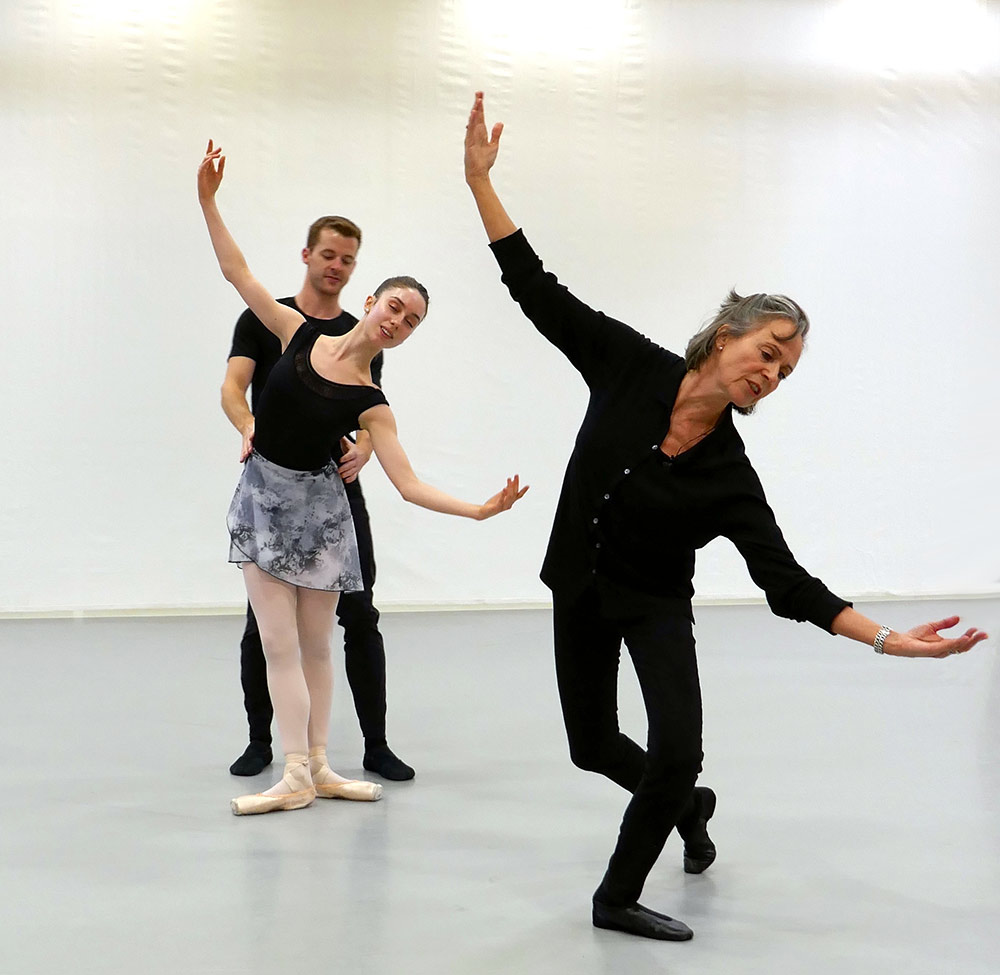
© Rachel Thomas. (Click image for larger version)
A section of the film was shown during the seventh Ashton Foundation Masterclass, after we had seen Royal Ballet members and apprentices in a sequence from the ballet, coached by Hageli. She and Newton had found ways of slowing down the film to fit the jerkily recorded movements to a piano transcript of the original music: Lord Berners’ composition for a Cochrane revue in 1930, under the title of Luna Park or The Freaks. Ashton had adopted the music for his Ballet Club commission, using Marie Rambert’s dancers, with Alicia Markova as the star ballerina.
His basic idea was to animate Edgar Degas’ paintings and pastels of Paris Opera Ballet dancers in class and rehearsal. Jane Pritchard, curator of dance at the Victoria and Albert Museum, commented in her introduction to the Masterclass that the subject was a familiar one, used by other choreographers, not least August Bournonville for Le Conservatoire. William Chappell, Ashton’s friend and colleague, designed the set: two mirrors, a bench, and a chair on either side. The permanent staircase at the back of the stage, leading to the dressing rooms, could accommodate resting dancers, dressed in white tarlatan tutus with coloured sashes round their waists and black ribbons around their necks.
Markova’s mid-length tutu as L’Etoile was the orange-red colour of costumes often seen in Degas’ pictures. Walter Gore, as her admirer, L’Abonné, sported a black opera cape and carried a bouquet of flowers. Ashton, as the maître de ballet, wore a yellow waistcoat under a long blue coat and prodded his pupils with a stick. He stepped off the stage into the auditorium to make room for the dancers once they put their portable barre away and started the rehearsal.
In the Masterclass extract, the role of the Maître de ballet was taken by Kevin Emerton (RB First Artist). As L’Etoile, an injured Meaghan Grace Hinkis was replaced at short notice by Ginevra Zambon, one of the Aud Jebsen Young Dancers Programme members. The others were Madison Bailey and Bomin Kim, in a group with Annette Buvoli (First Artist), Mariko Sasaki and Yu Hang (Artists) and Sumina Sasaki (Prix de Lausanne dancer). Described as Coryphées in the ballet, they were reminded by Hageli that they were meant to be pupils, in awe of the ballerina, who was partnered by the ballet master in a pas de deux of arabesques penchés and travelling lifts.
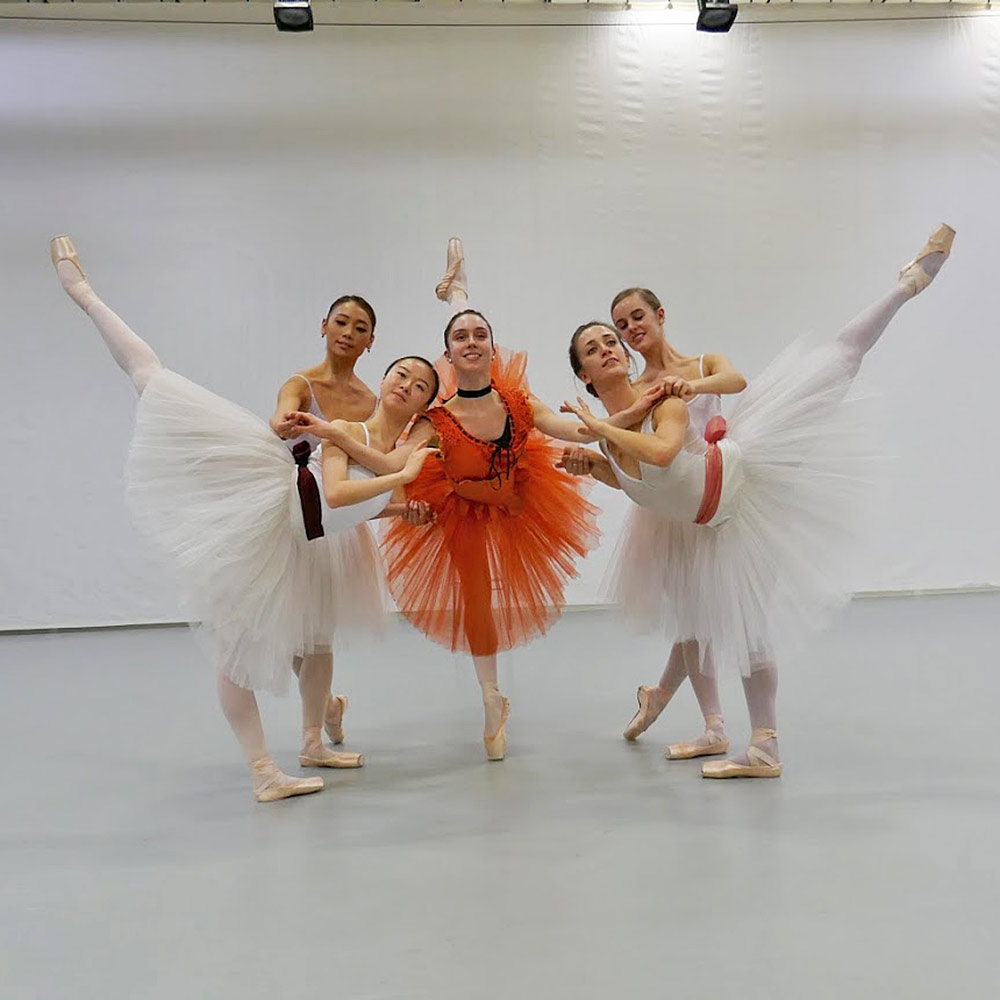
© Rachel Thomas. (Click image for larger version)
Michael Pansters played the piano reduction of Berners’ orchestral score for the extract involving four Coryphées, then six, using their arms lavishly in a condensed space. Inevitably, there were reminders of Ashton’s later choreography for the heroine’s friends in Les Rendezvous, The Two Pigeons and La Fille mal gardée. Ginevra Zambon coped admirably in the Markova role, wearing an orange-red tutu when the cast returned in costume for a final recapitulation of what they had shown in the coaching session. On this evidence, Foyer de danse looks tantalisingly delicious, ripe for revival in its entirety. Hageli and Newton are confident it could be done, so who might take it on?
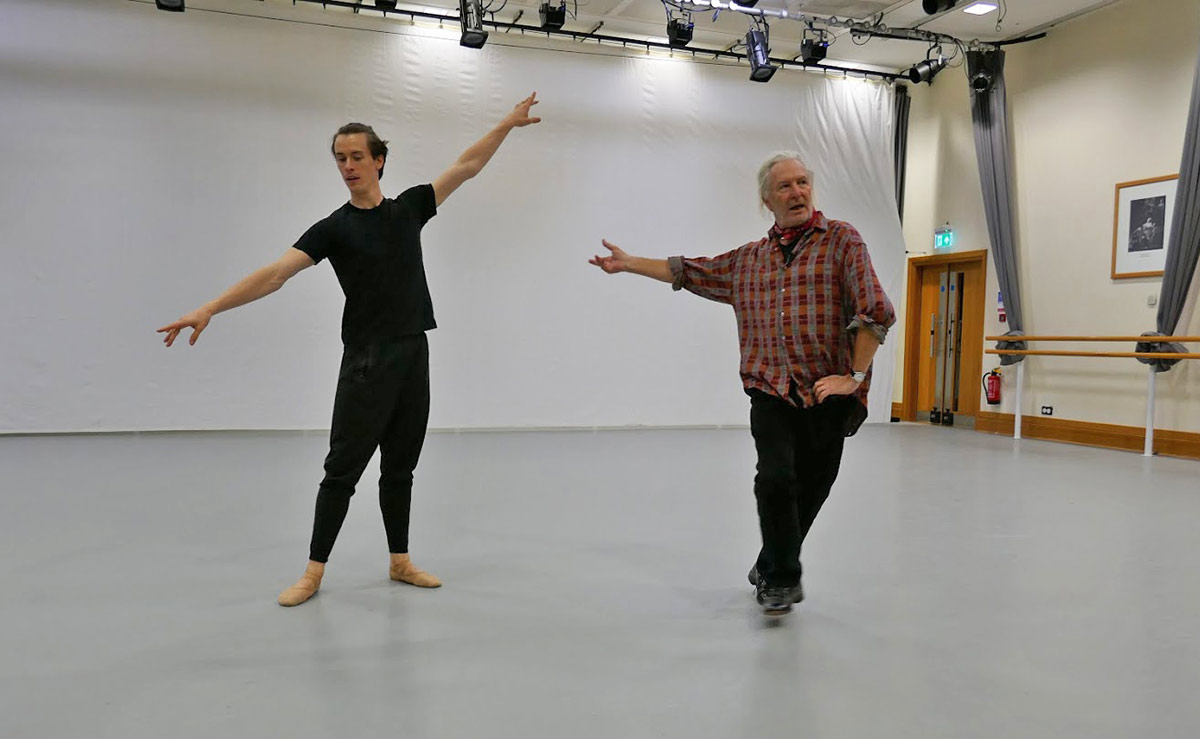
© Rachel Thomas. (Click image for larger version)
The second part of the Masterclass was a look at a pièce de résistance Ashton had created in 1975 for special events, including a Friends of Covent Garden Christmas Party in 1977. Wayne Eagling had danced a pas de deux with Merle Park, which neither could recall, with a male solo named after its Offenbach music from a score for a fantasy ballet, Le Papillon, for the Paris Opera Ballet in 1860.
The brief solo, only one minute and ten seconds, was a pastiche of a virtuoso male variation, almost as demanding as the ‘Bluebird’ variation in Act III of The Sleeping Beauty. Eagling recalled Ashton telling him: ‘Jump in the air, hang there and surprise the audience by landing’. He had had to repeat the effect three times, arms extended like the wings of a butterfly – the papillon of the music’s title. Calvin Richardson (RB soloist) gamely suspended himself in leaps, following Eagling’s instructions to get the timing just right. As Jane Pritchard commented, this was another side of Ashton, exploiting a male étoile: here was an audience-pleasing gala extravaganza like his Voices of Spring pas de deux for Park and Eagling, to be revived in the next Ashton Masterclass in February 2020.
Wayne Eagling and Merle Park in Ashton’s Voices of Spring









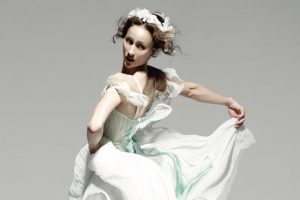


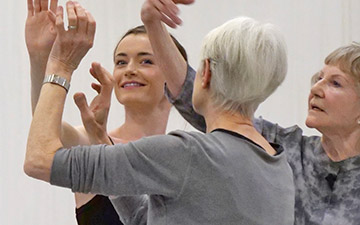
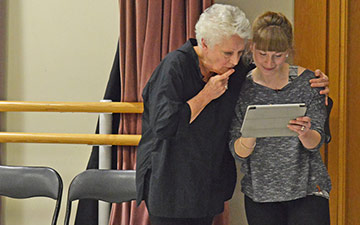

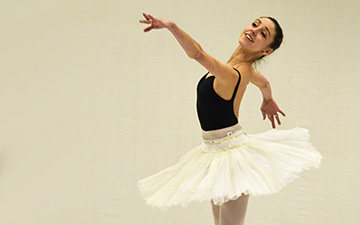

You must be logged in to post a comment.